Big upgrade! Here Are The Pros and Cons of the iPhone 17
The iPhone 17 brings several interesting improvements compared to the iPhone 16. It now uses the Apple A19 chip that supports Apple Intelligence, an LTPO display with a 120 Hz ProMotion refresh rate, a 48 MP dual camera system, Camera Control, and a customisable Action Button.
This highly anticipated phone was released in September 2025. The regular model is the most affordable flagship among the iPhone 17 Pro, iPhone 17 Pro Max, and iPhone Air that launched at the same time. If you want a quick overview, here are the pros and cons of the iPhone 17.
Pros of iPhone 17
The iPhone 17 is the cheapest model in the lineup, starting from US$1.000. The price still makes sense when you look at the improvements. Here are some of its main highlights.
1. Bright Screen with 120 Hz ProMotion
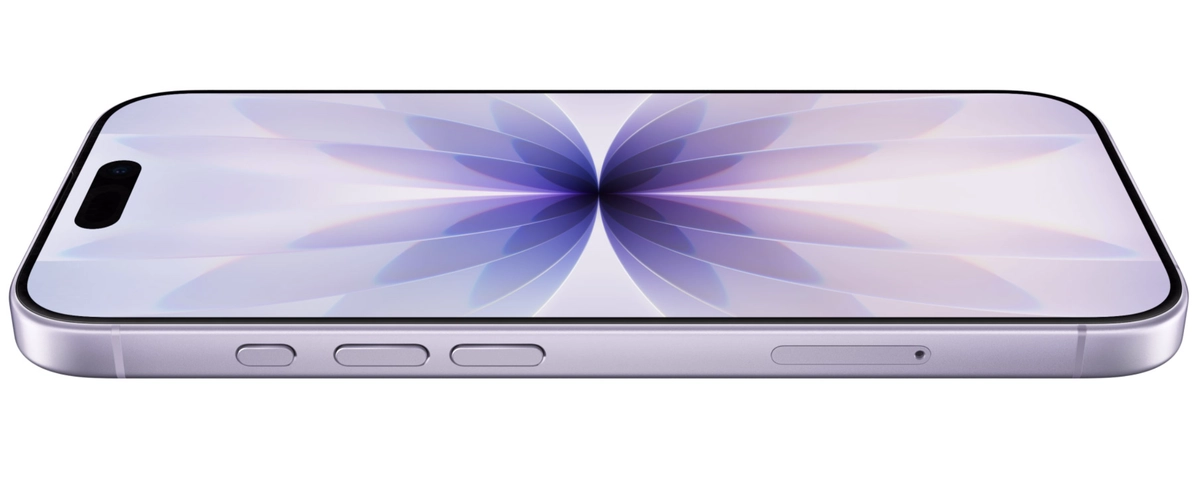
The display is one area with a clear upgrade. The size increases slightly to 6.3 inches from the 6.1 inches on the iPhone 16. The bezels are very thin and the sharpness is solid with a resolution of 1206 x 2622 pixels.
The biggest improvement is the switch to LTPO Super Retina XDR OLED. LTPO allows a smooth and dynamic refresh rate. This is also the first time the regular model gets the ProMotion feature with a variable refresh rate of 1 to 120 Hz.
The doubled refresh rate provides a noticeably smoother experience when you browse the web or watch videos. It removes the stutter that sometimes appears on older regular iPhones.
Apple also boosts the screen brightness. Outdoor peak brightness now reaches 3,000 nits, which helps visibility under direct sunlight. The Always On Display can show the clock, notifications, and widgets at a minimum brightness of 1 nit to save battery.
For protection, the iPhone 17 uses Ceramic Shield 2. Apple claims this version improves scratch resistance by up to three times.
2. Waterproof Premium Design
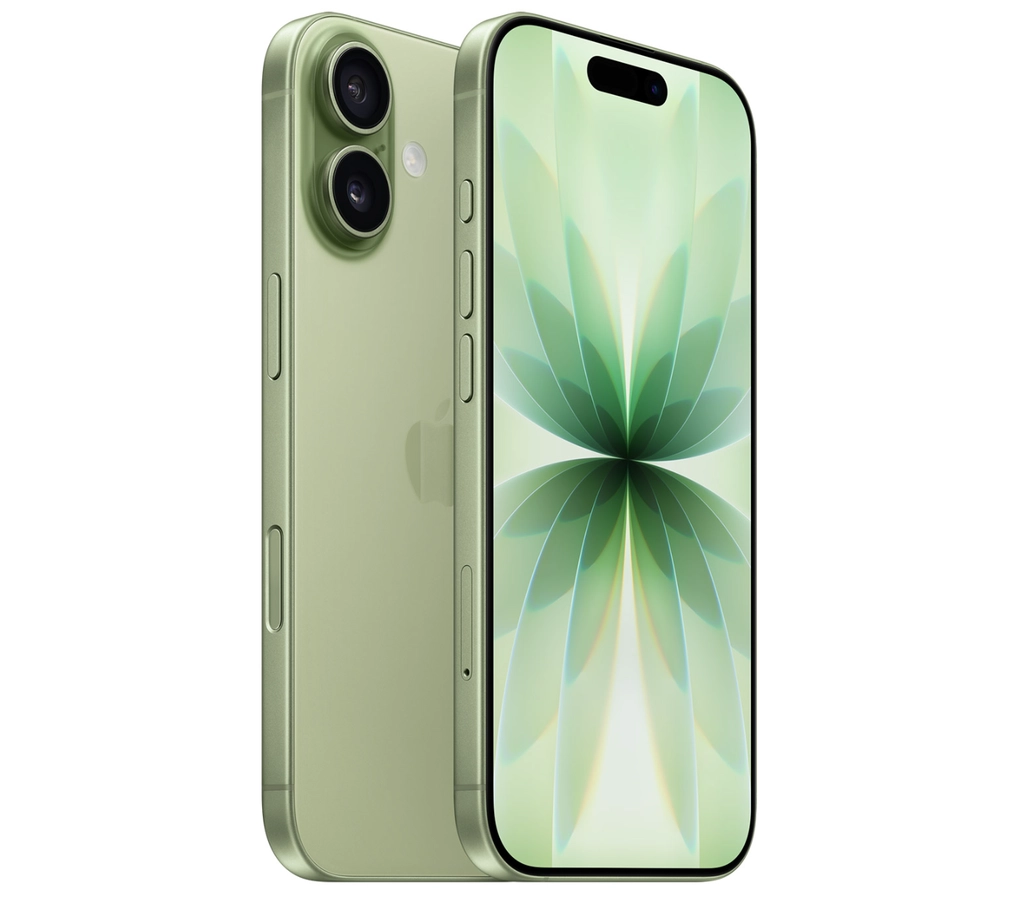
At a glance, the iPhone 17 still looks similar to the iPhone 16 and iPhone 16 Plus. It doesn't follow the new design language of the iPhone 17 Pro and iPhone 17 Pro Max. This can be subjective since many people still like the clean look of the regular model.
The iPhone 17 is slightly larger due to the 6.3 inch screen, the same size as the iPhone 17 Pro. The thickness remains slim at 8 mm and the weight is still light at 177 grams.
The overall design feels elegant and premium. The front uses glossy glass and the back has matte glass with an aluminum frame. Apple also introduces new colors this year; Black, White, Mist Blue, Sage, and Lavender.
In terms of durability, the iPhone 17 still carries an IP68 rating. It can withstand dust and high pressure water jets and can survive a depth of up to 6 meters for 30 minutes.
3. Action Button and Camera Control Features
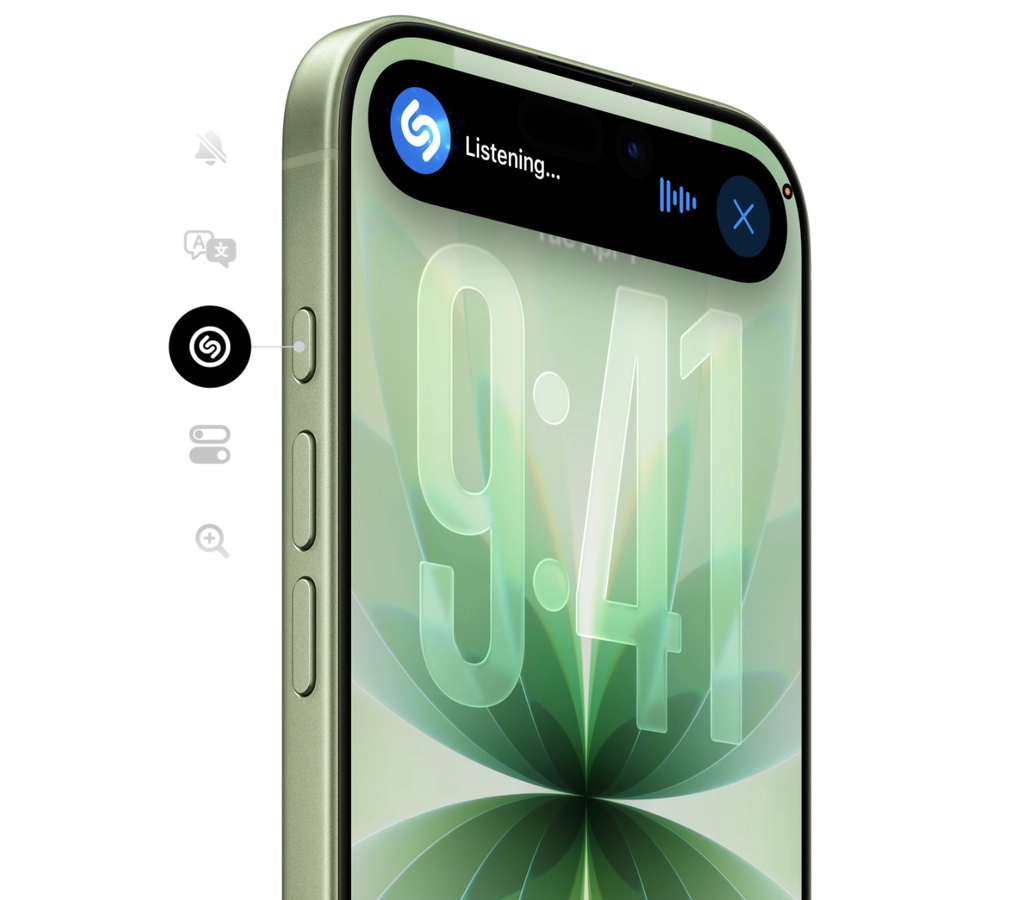
On the design side, the Action Button and Camera Control features remain on the iPhone 17. These two features first appeared on the iPhone 16 Series. Apple would not remove features that have received a lot of attention.
The Action Button works as a shortcut. You can assign it to functions you use often. Examples include Focus, Flashlight, Silent Mode, or quick access to apps such as the camera, voice memos, or the translate app.
Camera Control handles functions inside the camera. Pressing the button triggers the shutter. Holding it starts video recording. A light press brings up options for adjusting camera settings. Swiping left or right lets you select different configurations. You can adjust exposure, zoom, camera mode, portrait depth, and other controls.
4. Powerful Apple A19 Performance
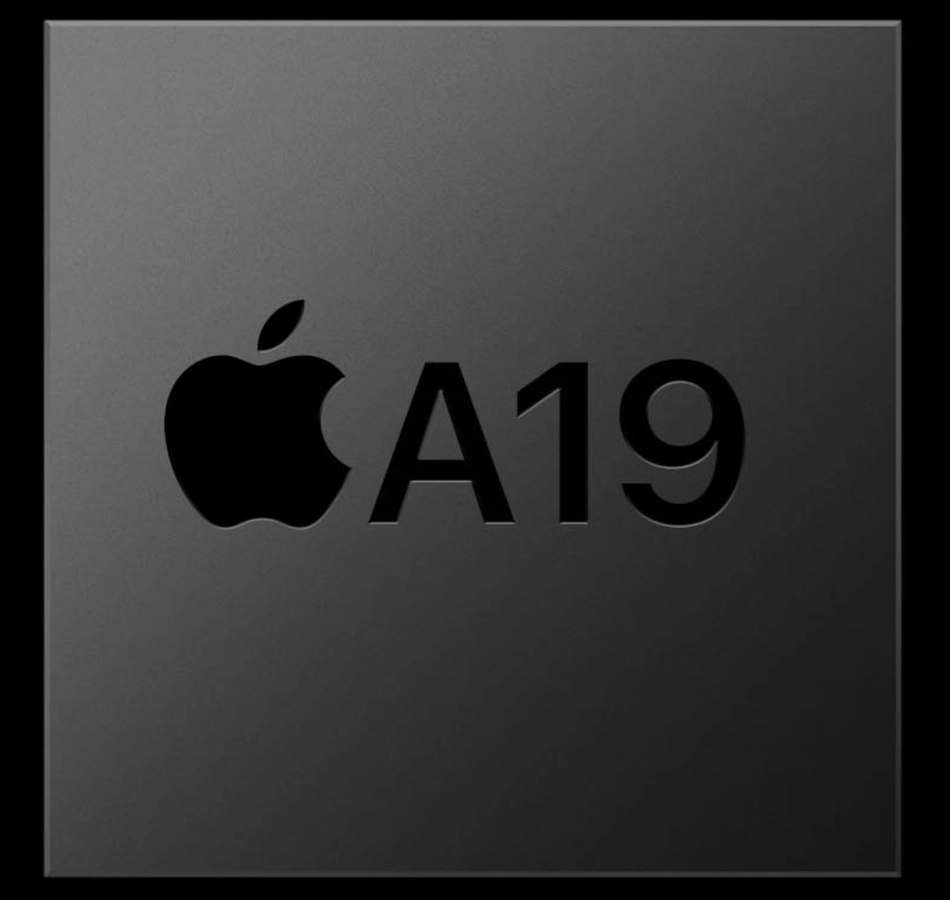
For performance, Apple equips each generation with a new chip. The iPhone 17 uses the Apple A19. It sits below the A19 Pro found in the Pro models. Even so, this 3 nm chip still delivers strong performance and high efficiency for demanding use.
Architecturally, the Apple A19 is very close to the A19 Pro. It has two high performance cores that reach up to 4.2 GHz. The remaining four cores focus on efficiency.
One of the clear differences with the A19 Pro lies in the GPU. The iPhone 17 still uses a 5 core GPU, similar to the iPhone 16. The iPhone 17 Pro and Pro Max use a 6 core GPU, which gives them extra graphics power.
The RAM capacity also remains different from the Pro line. The iPhone 17 still comes with 8 GB of RAM. Storage now starts at 256 GB instead of 128 GB. It still uses fast NVMe storage. There is no option for expansion because the phone doesn't include a microSD slot.
For benchmark results, GSMArena’s test shows a significant jump from the previous generation. The iPhone 17 with the Apple A19 reaches up to 2.1 million on AnTuTu v10. The iPhone 16 with the A18 sits at around 1.7 million.
Interestingly, the iPhone 17 even surpasses the iPhone 17 Air, which uses the A19 Pro chip. The iPhone 17 Air achieves scores in the lower 2 million range. The difference likely comes from the more effective cooling system inside the iPhone 17.
5. 48 MP Dual Lens Camera on the Back
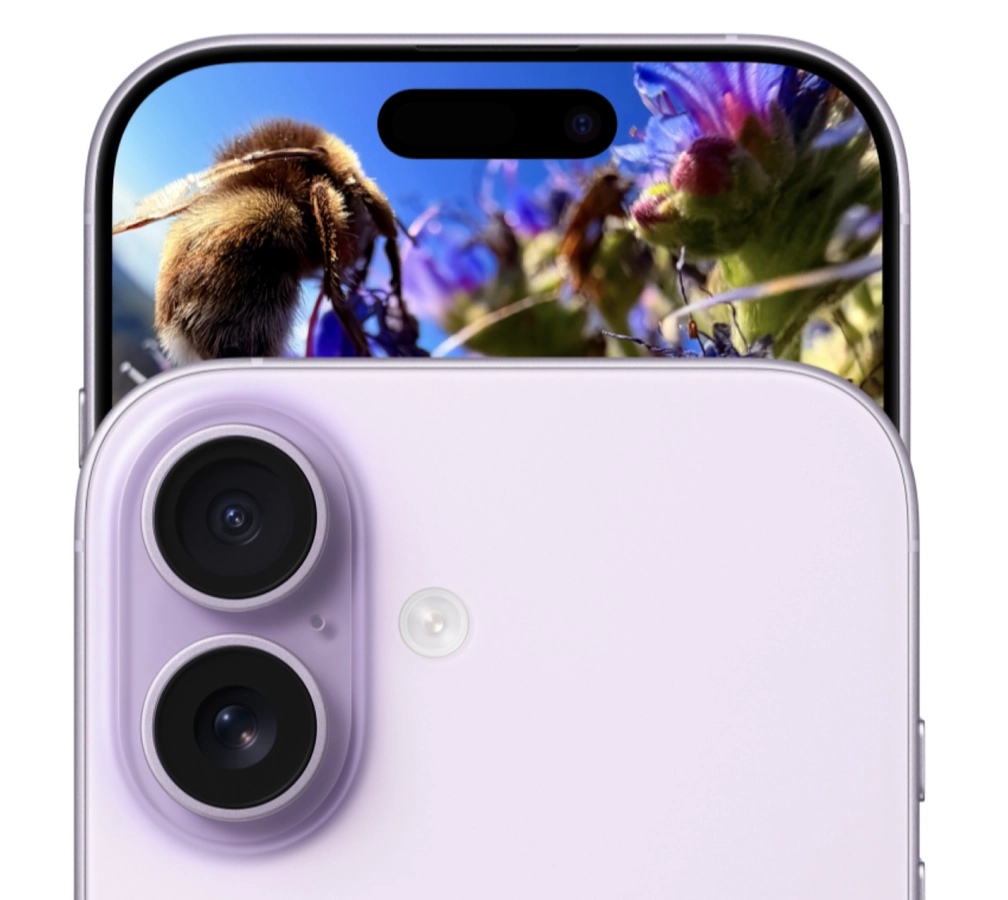
The iPhone 17 still uses a dual camera system on the rear. It consists of a wide lens as the main camera and an ultrawide lens as the secondary camera. The main camera uses a dual fusion system that remains similar to the iPhone 16.
The major upgrade is in the ultrawide lens. The resolution jumps from 12 MP to 48 MP. With an f/2.2 aperture and a 1/2.55 inch sensor, this lens captures more detail in wide angle shots.
The main camera doesn't receive major changes. It still handles shots at 1× and 2× magnification. Even though it is not a dedicated telephoto lens, the 26 mm focal length and f/1.6 aperture produce good results in low light.
OIS support helps deliver sharper photos. Video recording reaches 4K at 60 fps. The full suite of Apple’s premium video features is still available. This includes HDR, ProRes, Cinematic mode, Action mode, slo mo, and time lapse. QuickTake now supports 4K at 60 fps in Dolby Vision.
6. Selfie Camera Flexibility and OIS Support
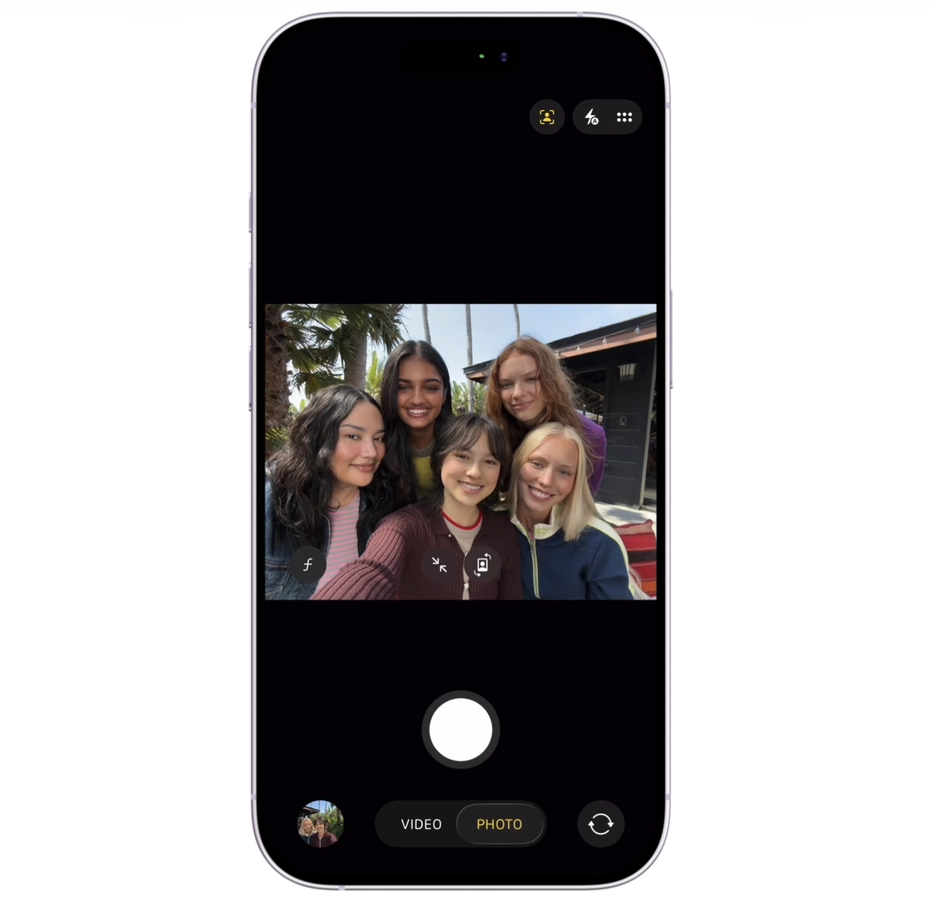
The selfie camera on the iPhone 17 Series is one of the main highlights. All three models get major updates, including the regular version. The improvement comes from a new 18 MP sensor with an f/1.9 aperture.
The sensor has an octagonal shape with trimmed corners, which sets it apart from the usual square sensors. The reason behind this shape is still unclear. The effect is that photos taken in a 1:1 ratio will have lower resolution compared to photos taken in 4:3 or 3:4.
Apple refers to this new sensor as multi aspect. Its design lets you take 4:3 selfies in both portrait and landscape orientation. You can shoot full resolution landscape selfies while holding the phone vertically.
When using a 1:1 ratio, the system crops the centre of the sensor and produces a 13.5 MP image. Another drawback is that the viewfinder doesn't show a resolution indicator. The rear camera still shows it, but the selfie camera does not.
Even so, the selfie camera on the iPhone 17 stands out. It supports PDAF and OIS for stabilisation. These two features help produce sharper and more detailed selfies even when your hand is not completely steady.
7. Good Power Endurance with Fast Charging
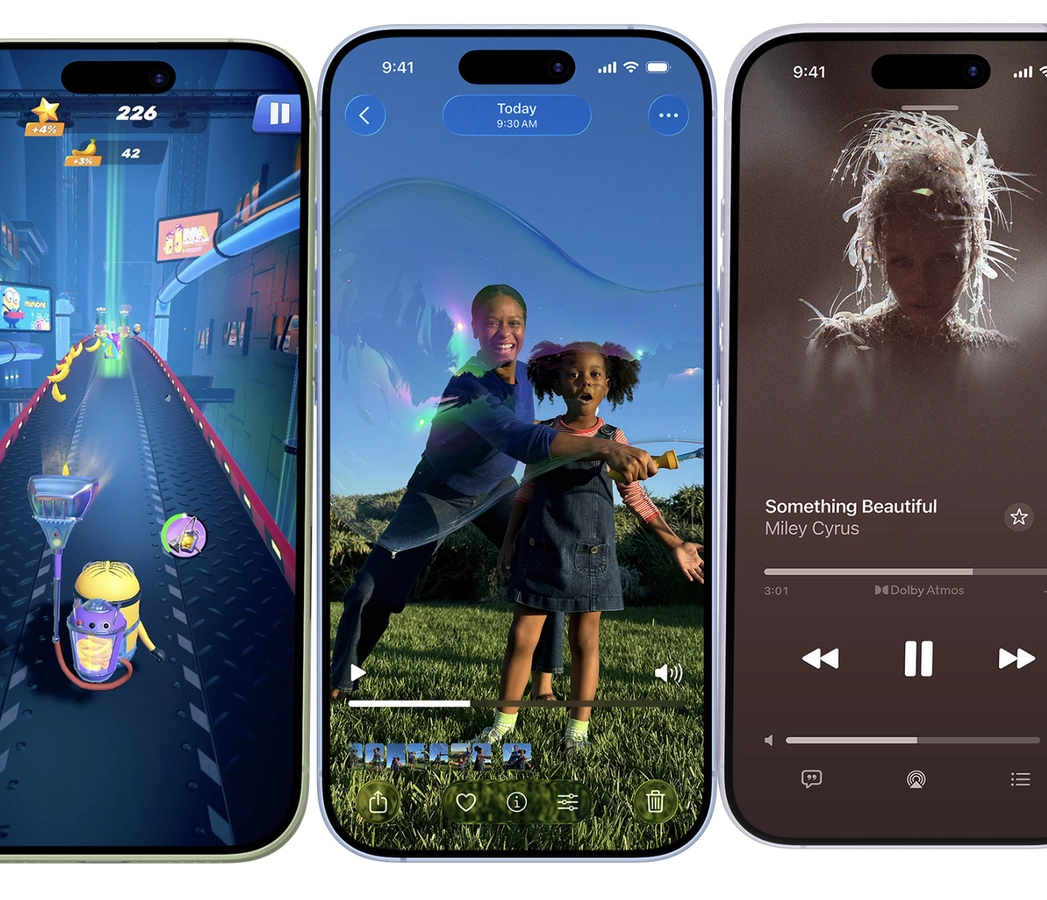
The iPhone 17 carries a 3692 mAh battery, slightly larger than the 3561 mAh battery on the iPhone 16. It is also higher than the 3582 mAh capacity of the iPhone 16 Pro. This shows a clear improvement in battery endurance.
Based on GSMArena’s test, the iPhone 17 reaches an active usage score of 14 hours 59 minutes. This score includes 21 hours 3 minutes of calls, 22 hours 13 minutes of video playback, 12 hours 7 minutes of browsing, and 10 hours 32 minutes of gaming.
The score is still slightly below the iPhone 16, which reaches 15 hours 42 minutes. The difference appears in browsing tests. The iPhone 16 lasts up to 16 hours 12 minutes.
This difference makes sense, though. The iPhone 17 now supports ProMotion with a refresh rate that reaches 120 Hz. The refresh rate increases during browsing to improve the experience. A higher refresh rate leads to higher battery consumption.
Charging performance also improves. Apple supports a newer charging standard in the USB Power Delivery specification called AVS (Adjustable Voltage Supply).
GSMArena also stated the iPhone 17 charges up to 63 percent in the first 30 minutes. A full charge takes around 1 hour 25 minutes. This is a noticeable improvement over the iPhone 16, which takes around 1 hour 42 minutes.
Cons of iPhone 17
Even as a flagship, the iPhone 17 is not free from weaknesses. There are still some points you should keep in mind before buying it.
1. Still No Telephoto Camera

One of the main drawbacks of the iPhone 17 is the lack of a telephoto camera. Only the iPhone 17 Pro and iPhone 17 Pro Max come with it. This pattern is the same as in previous generations, where the non Pro models only get two rear cameras, the main camera and the ultrawide camera.
The absence of a telephoto lens can be a deal breaker for users who often shoot distant subjects. Many phones in the same price range already include a telephoto camera. The iPhone 17 relies on the main camera for zoom and reaches up to 2x optical magnification only.
2. Limited USB C 2.0 Speed
The iPhone 17 supports DisplayPort to project the screen to a larger monitor. However, the transfer speed is limited because it uses USB Type C 2.0. The iPhone 17 Pro and iPhone 17 Pro Max use USB Type C 3.2, which is much faster.
This choice appears to be carried over from the iPhone 16, which also used USB C 2.0. Meanwhile, the iPhone 16 Pro offered USB C 3.2 at a similar price point. It also came with a titanium frame, LiDAR, and a telephoto periscope that supported 5x optical zoom.
The iPhone 16 Pro, however, had a smaller battery and the A18 Pro was still behind the A19 in terms of performance. It charged faster and had a lighter body, but the trade offs were clear.
Conclusion
Apple finally delivers long awaited upgrades to the regular iPhone. The iPhone 17 now features a 120 Hz ProMotion display. The ultrawide camera jumps to 48 MP with autofocus that allows it to function as a macro camera.
The selfie camera also gets a multi aspect ultrawide sensor that adjusts its aspect ratio for group shots. Charging speed improves even though the implementation is a bit unconventional. The downsides remain the lack of a telephoto camera and the limited USB C 2.0 speed.
Overall, the iPhone 17 answers several long standing requests from regular iPhone users. It represents a solid step toward making the standard model more competitive with the others in the lineup.
